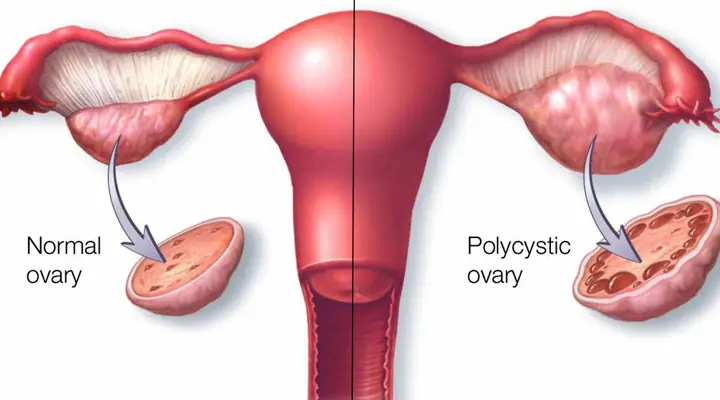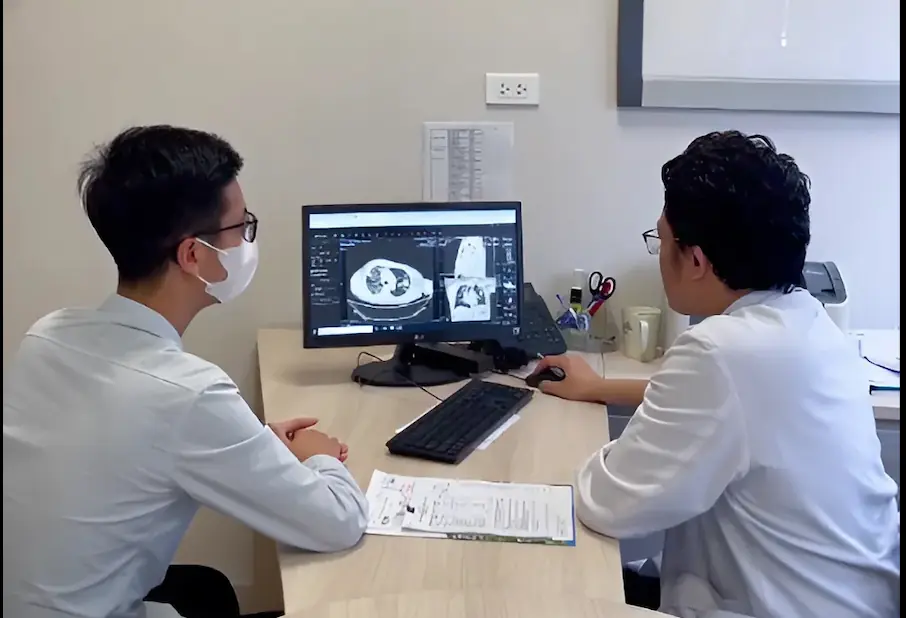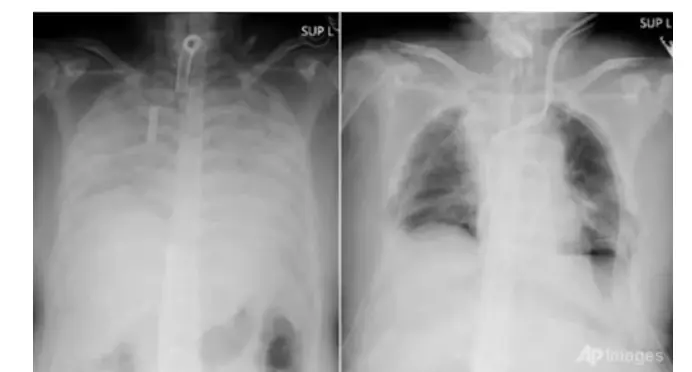
Pain in these 3 areas, beware of lung cancer

Pain in These 3 Areas? Beware of Lung Cancer
Lung cancer is one of the leading causes of cancer-related deaths worldwide. Early detection significantly improves treatment outcomes, but lung cancer is often diagnosed late because its early symptoms can be vague or easily mistaken for other conditions. One warning sign that should never be ignored is pain occurring in specific parts of the body. If you experience persistent pain in certain areas, it could be an indicator of lung cancer.
1. Chest Pain
Chest pain or discomfort is a common symptom of lung cancer. It can feel like a dull ache, sharp stabbing, or pressure, and may worsen with deep breathing, coughing, or laughing. This pain can occur if the tumor invades the chest wall or the lining around the lungs (pleura). Persistent chest pain should always be evaluated by a healthcare professional, especially in smokers or people with a history of exposure to harmful substances.
2. Shoulder and Upper Back Pain
Pain radiating to the shoulder or upper back can be a sign of lung cancer that has spread to nearby tissues or nerves. Pancoast tumors, a specific type of lung cancer located at the lung apex (top), often cause shoulder pain due to invasion of the brachial plexus—a network of nerves that control arm and shoulder movements. This pain may be accompanied by weakness or numbness in the arm or hand.
3. Bone Pain
When lung cancer metastasizes (spreads) to the bones, it can cause pain in areas such as the ribs, spine, hips, or other bones. Bone pain related to cancer is usually persistent and may worsen at night. It’s important to report such pain promptly, as bone metastases require immediate medical attention and treatment to relieve symptoms and prevent complications.
Other Possible Symptoms of Lung Cancer
Besides pain, lung cancer can present with other symptoms like chronic cough, coughing up blood, shortness of breath, unexplained weight loss, fatigue, and recurrent respiratory infections. If you experience any of these symptoms, seek medical evaluation as soon as possible.
When to See a Doctor
If you have persistent pain in the chest, shoulder, upper back, or bones, especially if you have risk factors like smoking or exposure to asbestos, do not ignore it. Early diagnosis through imaging tests such as chest X-rays, CT scans, and biopsy is crucial for effective treatment.
Conclusion
Pain in the chest, shoulder, upper back, or bones can be an early warning sign of lung cancer. Awareness of these symptoms and prompt medical consultation can lead to earlier diagnosis and better treatment outcomes. Protect your health by paying attention to persistent pain and seeking timely medical advice.
News in the same category


Top foods to absolutely avoid at night if you don't want to affect your health

Eat 6 things to help women detoxify their ovaries and prevent gynecological diseases

4 warning signs of nasopharyngeal ca.n.c.er that are most easily overlooked

Female patient suffered a perforated small intestine due to a 'lost' thing in her body for 30 years

If you are looking for a natural and safe weight loss juice, this recipe from watermelon, carrots, beets and ginger is worth a try

7 fruits that become health-boosting remedies when steamed

Great effects of broccoli

What happens to your blo.od pressure when you eat bananas every day?

Young people with late-stage can.cer have one thing in common, doctors say "this is a big barrier"

This "strongest anti-can.cer food" is widely available in every market at a cheap price

"Dea.dly" mistakes when sneezing that you still do every day - need to fix immediately before it's too late

A 27-year-old man suffering from severe osteoporosis, typical of a 70-year-old, is attributed to four detrimental habits.

Woman with rare ability detects husband’s i.l.l.ness 12 years early—now aiding scientists in groundbreaking diagnostic research

How Long Can Pork Stay in the Freezer Before It’s Unsafe to Eat? Expert Warning: Beyond This Time Limit, It’s Full of Parasites!

X-rays show many young people have white lungs, what is the cause?

8 best natural ways to “cleanse” your lungs, inexpensive but extremely effective

7 signs that your body has accumulated too many toxins. If you don't detoxify quickly, all kinds of diseases will break out

The Stomach of a 24-Year-Old Woman Became “Full of Holes” Due to a Mistake Many People Think Is Harmless After Drinking Morning Coffee
News Post

Eating These 5 Foods for Breakfast Is Like Shortening Your Lifespan — But Many People Still Love Them

5 Foods That Stay Edible for a Whole Month at Room Temperature — But Spoil Quickly in the Fridge!

Waking Up at This Hour Every Day May Signal Lu.ng Damage — See a Doctor Immediately if You Also Have These 6 Symptoms

Many doctors recommend using two pillows when sleeping for better sleep health!

Eat 4 foods on an empty stomach in the morning to help clean the intestines, improve digestion, and prevent canc.er

Putting plastic bags in the refrigerator causes can.cer? After hearing the truth, many people immediately ran to do 1 thing

Top foods to absolutely avoid at night if you don't want to affect your health

Walking around the market, a smart person can immediately see that these 5 types of vegetables are "soaked in chemicals", especially number 4

Eat 6 things to help women detoxify their ovaries and prevent gynecological diseases

4 warning signs of nasopharyngeal ca.n.c.er that are most easily overlooked

Female patient suffered a perforated small intestine due to a 'lost' thing in her body for 30 years

If you are looking for a natural and safe weight loss juice, this recipe from watermelon, carrots, beets and ginger is worth a try

The Peels of These 3 Fruits Are Actually 'Pesticide-Free Vegetables': Cook 3 Delicious Dishes That Also Beautify Your Skin and Aid in Weight Loss

One Person Boils Water, the Whole Family Gets Cancer

5 Foods That Seem Edible but Are Actually Harmful — Tell Your Parents to Throw Them Out

4 Familiar Vegetables That Naturally Detox the Liver and Are Great for the Whole Family

A Fruit That’s 300 Times Sweeter Than Cane Sugar, Doesn’t Raise Blood Sugar Levels, and May Help Prevent Cancer

The Cats of Ulthar

The Unkindest Blow
